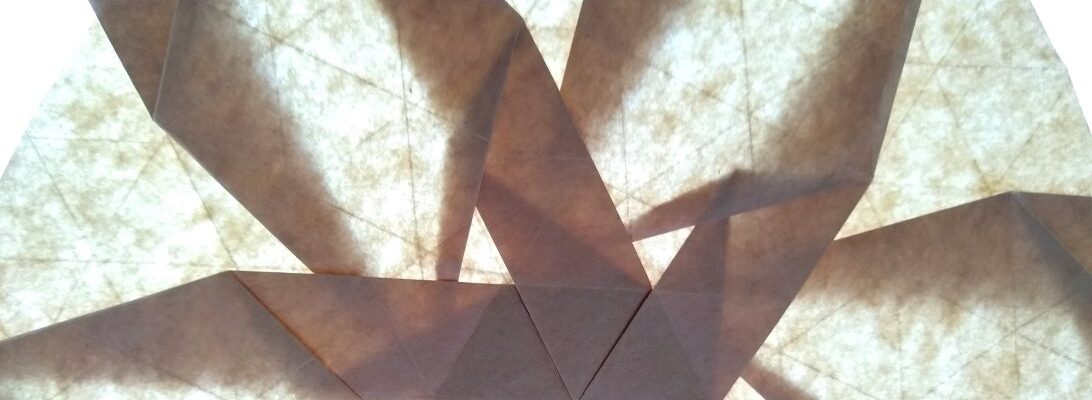Everyone called Charlie Brown “Blockhead”, a past Deputy Prime Minister continually is caught acting like one, so I began wondering what that would might like:

I had recently folded Boice Wong‘s astonishing pair of figures called “Emptyhead” (I named them Dumb and Dumber), so started there, and re-familiarised myself with the crease pattern, devising a smoother collapse (as I adopted the much criticised method of “parachuting” the last time).

I briefly toyed with the idea of posing him like Neo during Matrix’s groundbreaking “bullet time” scene, but decided to go simpler because he would be a … simple … soul.
The tricky bit was to use minimal paper for a neck, leaving enough of a pleat tube to sculpt a 2×2 solid cube, and explored that geometry a bit before settling on a scheme.
Continue reading











